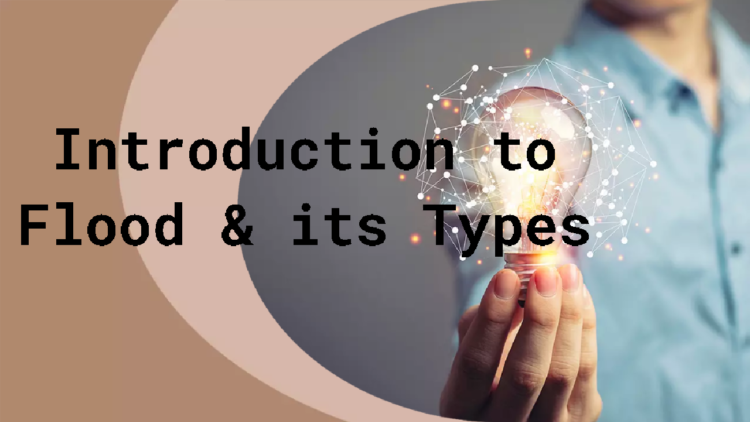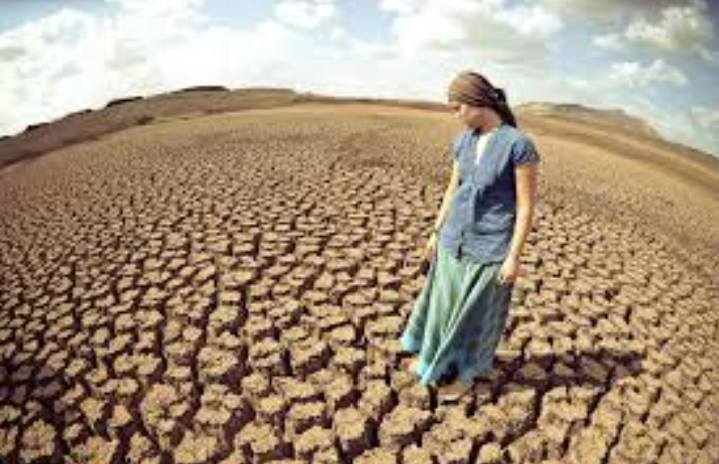Email us: onlinehydrologyeducation@gmail.com
WhatsApp no: +92 3024599827
Floods are natural disasters that occur when an area is inundated with an excessive amount of water, typically due to heavy rainfall, melting snow, storm surges, or the overflow of rivers, lakes, or coastal areas. Floods can be incredibly destructive, causing damage to property, infrastructure, and agricultural land, as well as posing a threat to human lives and wildlife.
There are several types of floods based on their causes and characteristics:
River Floods: These are the most common type of floods and occur when a river overflows its banks due to heavy and prolonged rainfall, rapid snowmelt, or a combination of both. River floods can affect large areas and lead to significant damage.
Flash Floods: Flash floods are sudden and intense floods that occur within a short period, often within minutes or hours of heavy rainfall or the sudden release of water from a dam or reservoir. They are extremely dangerous due to their rapid onset and can be particularly devastating in urban areas with poor drainage systems.
Coastal Floods: Coastal floods, also known as storm surges, are caused by powerful storms, such as hurricanes or cyclones, that push seawater onto the land. These floods can result in severe coastal erosion, damage to infrastructure, and pose a serious threat to coastal communities.
Urban Floods: Urban areas with a high concentration of buildings, roads, and pavements often experience urban floods during heavy rainfall when the drainage systems are unable to handle the volume of water, leading to water accumulation on streets and flooding of low-lying areas.
Pluvial Floods: Pluvial floods occur due to intense rainfall that overwhelms the local drainage system, leading to water pooling in streets and low-lying areas. They are common in urban settings with inadequate drainage infrastructure.
Snowmelt Floods: These floods happen when snow and ice melt rapidly, often during warmer weather or due to a sudden increase in temperature. The melting snow contributes to rising water levels in rivers and streams.
Dam Failure Floods: Dam failures, though relatively rare, can result in catastrophic floods downstream. The sudden release of water from a dam can cause significant damage to communities and infrastructure.
Ice-jam Floods: In colder regions, ice-jam floods occur when chunks of ice block the flow of rivers, causing water to back up and flood surrounding areas.








